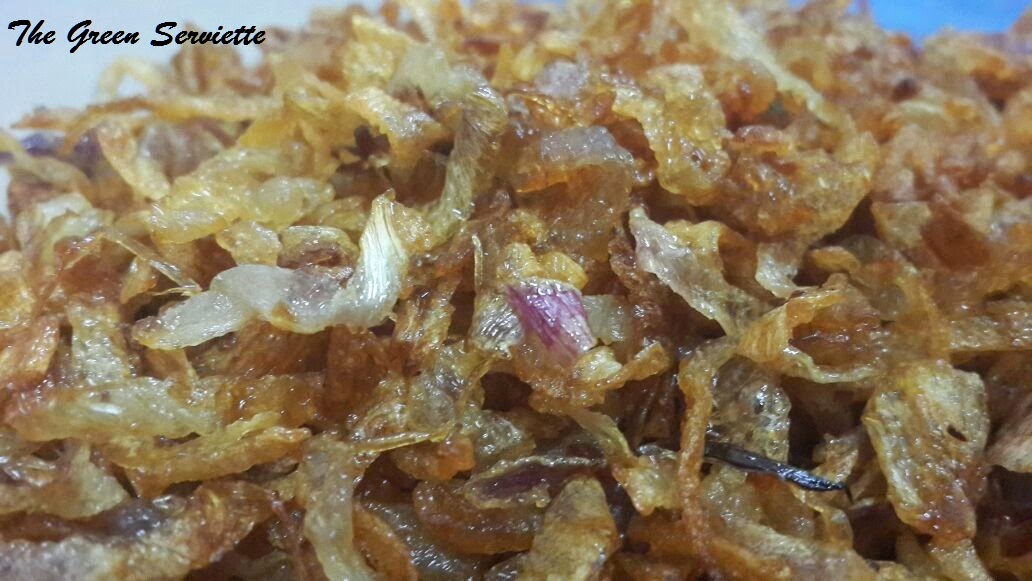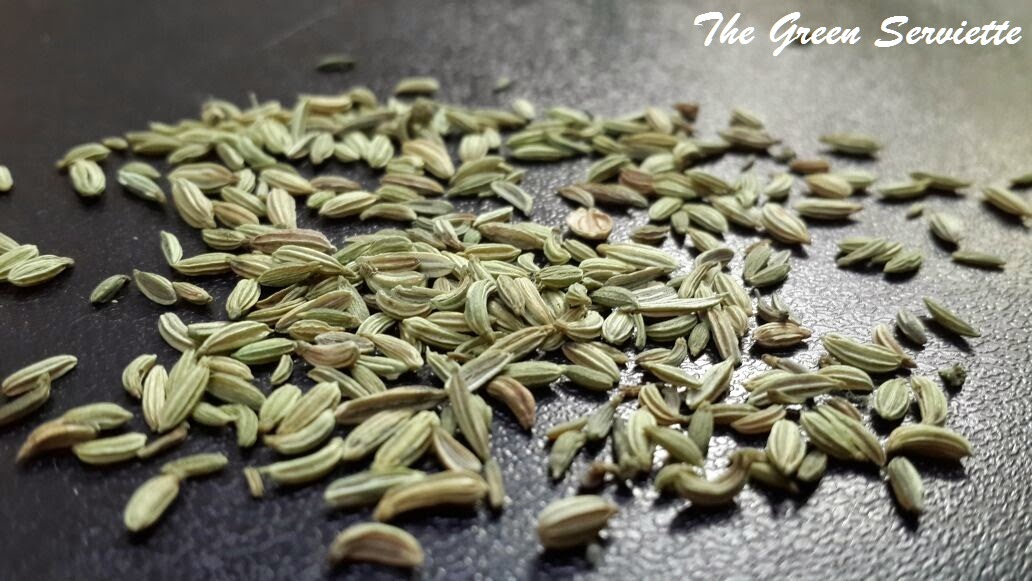There is no Biryani without
barista. The aromatic flavor of the Biryani comes from the crisp deep fried
onions. Prepare a boxful of barista and refrigerate, you’ll be stress free for
a couple of months. The next time your recipe calls for fried onions, you have
it ready. Be it haleem, your favourite mutton curry or Biryani. Birista gives
the extra kick.
Preparing fried onions is not a
recipe as such. But most beginners end up making a scorched black soggy mess.
Been there, done that. No more. Practice makes man perfect. This recipe is more
of tips to help you achieve perfect results. So there you go.
30-40 onions will give
approximately 1 kg barista. Peel, wash
and clean the onions. Using a slicer slice them
thick. Slicing them thin causes them to absorb more oil and the texture
turns out to be soggy.
Heat about 1 litre oil in a deep vessel.
Only when the oil is hot, add the onions little by little. The oil being
extremely hot may overflow. We want no accidents. Add till the onions submerge
in the oil. Do not overcrowd. Keep the flame
maximum high.
Keep stirring every 3 min or so.
The cooking time varies on the amount of onions you’re frying. It took me
around 12 minutes to fry 10 onions at a time. I cooked 30-40 onions in 3
batches.
Keep a strainer with a small
vessel underneath ready. Keep a tray ready lined with paper towels or
newspaper.
When you see the onions getting a light golden
shade, Stop, Switch off the flame. NOW. I
know they have not completely browned. I know you can still see the middle
portion of the onion white and purple. Don’t worry. They’ll be fine. They’ll
turn the most beautiful gold you know. You don’t want bitter charred onions, do
you? So, Stop!
And don’t wait. Hurry up and
strain the onions out. And na! Don’t go for the slotted spoon! Don’t you dare!
See! We have no time, my poor onions will burn L
. Strain it all out at once. Be careful. The oil is hot!
Turning beautiful aren't they?
Go ahead, pick up that strainer.
Give it a shake. Little bit more. A bit more. Please?
Good. Throw it on the paper
towel. Let the paper do its job. Say bye bye to all the excess oil. Keep your
stomach happy. Change paper towel if needed. Let it air dry for 10 minutes. And
there you go.
Your barista is ready for boxing
up. And you go ahead and start frying your next batch. J
Aah! And the oil. No. It’s not a waste. Use it for your next recipe, just don’t use it for deep frying again.
2 tbsp of barista provides
approximately 45 Calories and 3g of fat.
|
Post by Zohra Sada


















.jpg)




